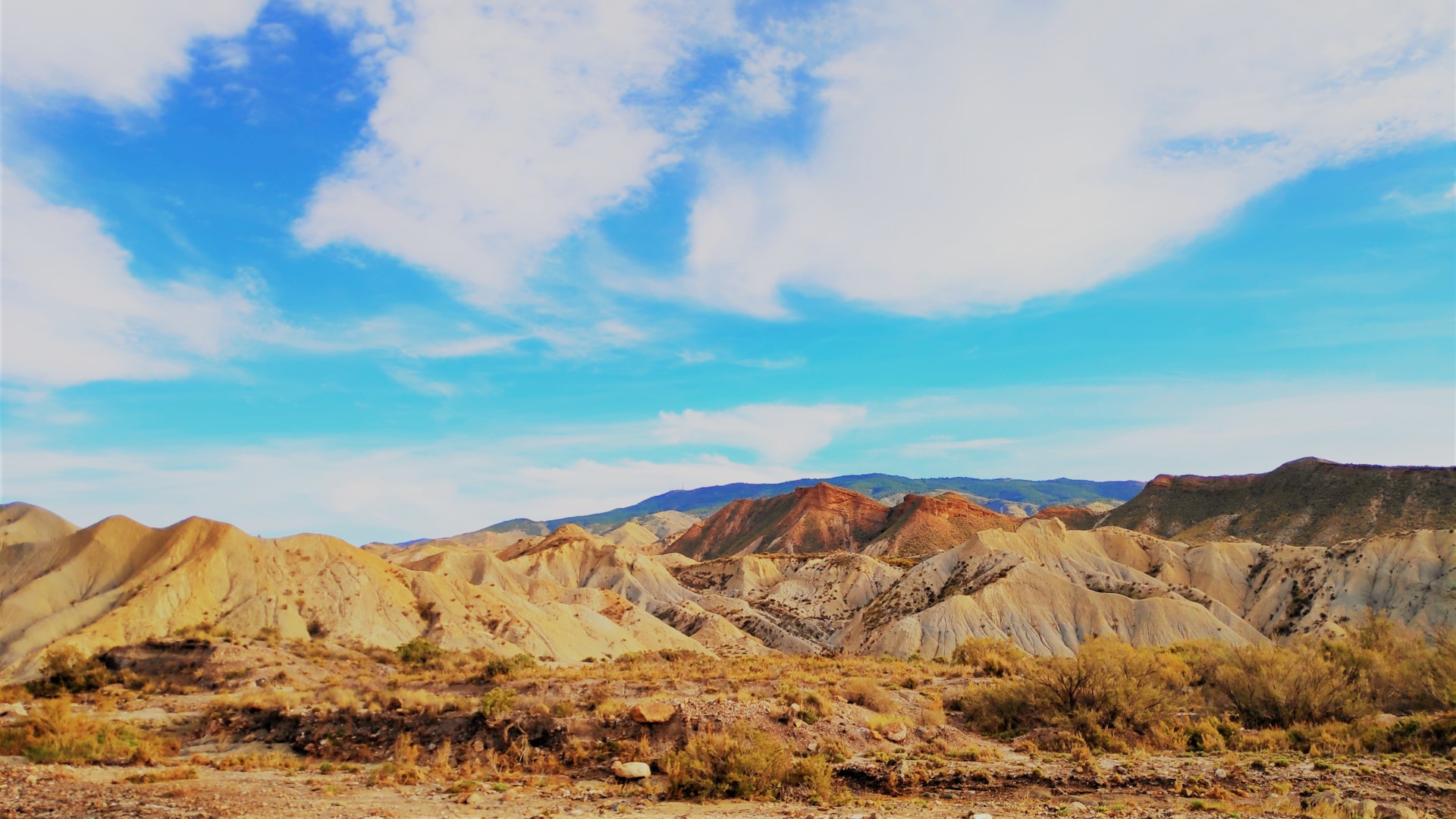Destination
What images does the mind evoke when you dream of Andalucia? Glitzy beach resorts of the Costa del Sol, historic cities of Ronda or Seville, or the Moorish fortress of Alhambra in Granada?
The diversity of Andalucía is such that no matter what your imagination conjures up, a place exists to match your dreams.
Yet there is one region in Andalucía that has everything you dream of and more, and yet remains relatively untouched by mainstream tourism.
A region which offers an incredible diversity of landscape, culture and gastronomy. A land of virgin beaches, desert landscapes, Moorish fortresses and idyllic countryside scenery.
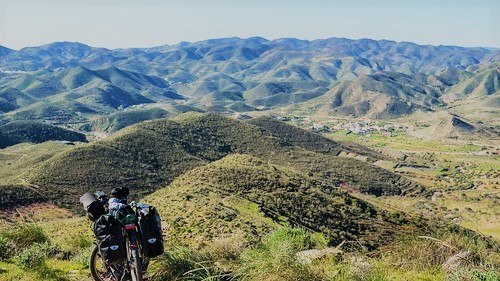
Ahhh Almeria!

This is Almeria. Or al-Mariyyah (watchtower) as it was originally known when established in the 10th century as part of the Caliphate of Cordoba. This most eastern province in Andalucia is tucked away on the southeastern Mediterranean coast, bordering the region of Murcia.
Almeria is a diverse and underdeveloped region. Home to the Tabernas Desert, Europe’s only desert and which makes Almeria the driest place on the continent and the second warmest after Seville.
In contrast, the beautiful coastline of Cabo de Gata is a marine biosphere, with wild beaches and crystal clear waters, perfect for diving. Three immense and beautiful natural park areas and a wealth of cultural monuments, make Almeria one of the most enchanting regions of Andalucía to visit.

A Place to Disconnect
Our boutique hotel, Casona Granado lies just 45 minutes inland from the coastal town of Mojacar and an hour’s drive from the capital city of Almeria.
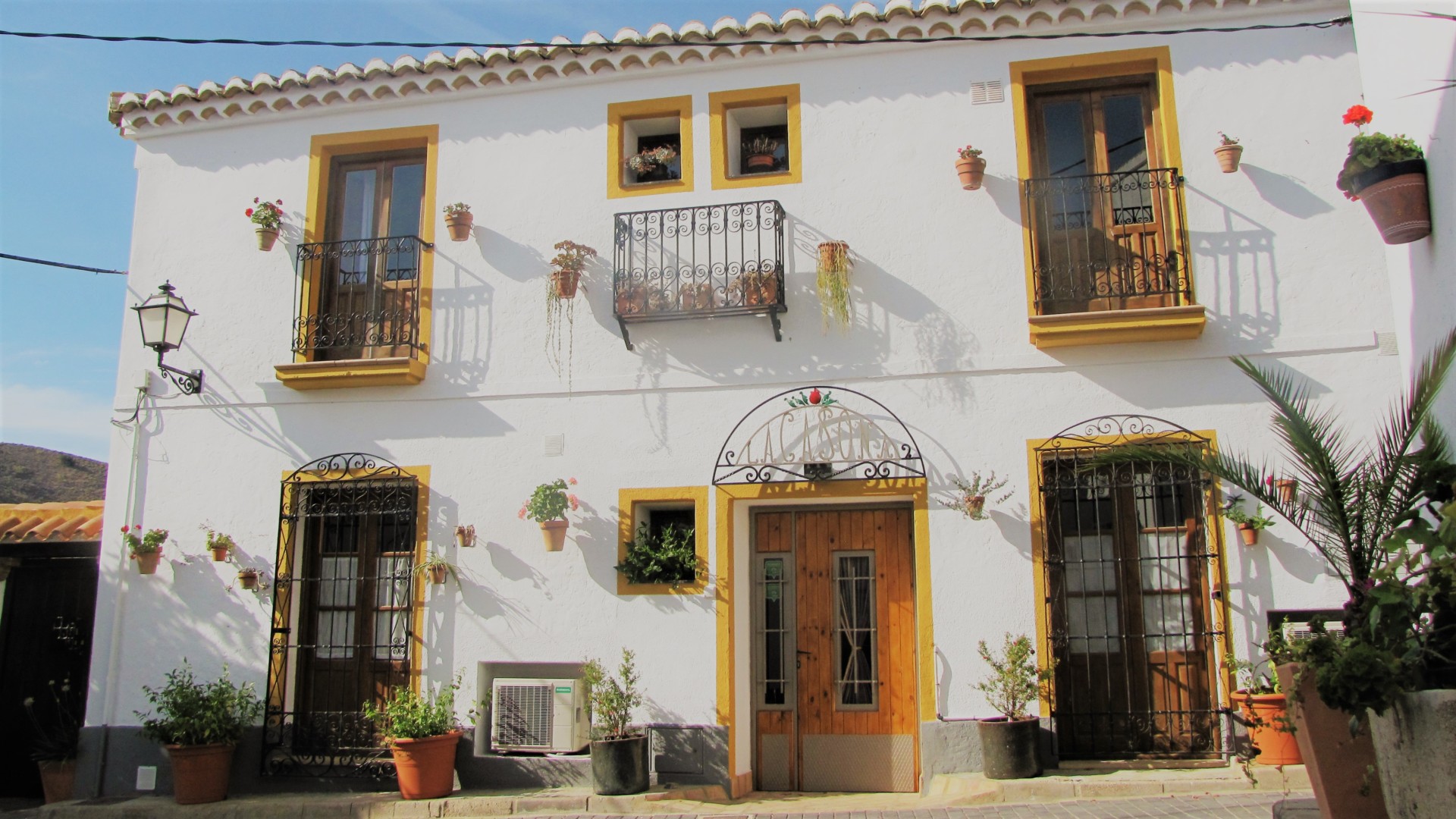
Located in the ancient hamlet of El Pilar. nestled between the towns of Lubrin, Sorba and Uleila de Campo, in the picturesque Lubrin Valley, affectionately known as the Valley of Tranquility. This is a blissful location, where the only noise pollution you will encounter is the sound of the Spanish cicada and birdsong.
In fact, we have a motto in the Almerian campo (countryside): Desconectar para reconectar, which literally translates to ‘disconnect to reconnect’. We promise that after a few days stay at Casona Granado, you’ll have completely disconnected from the hustle and bustle and stresses of everyday life.
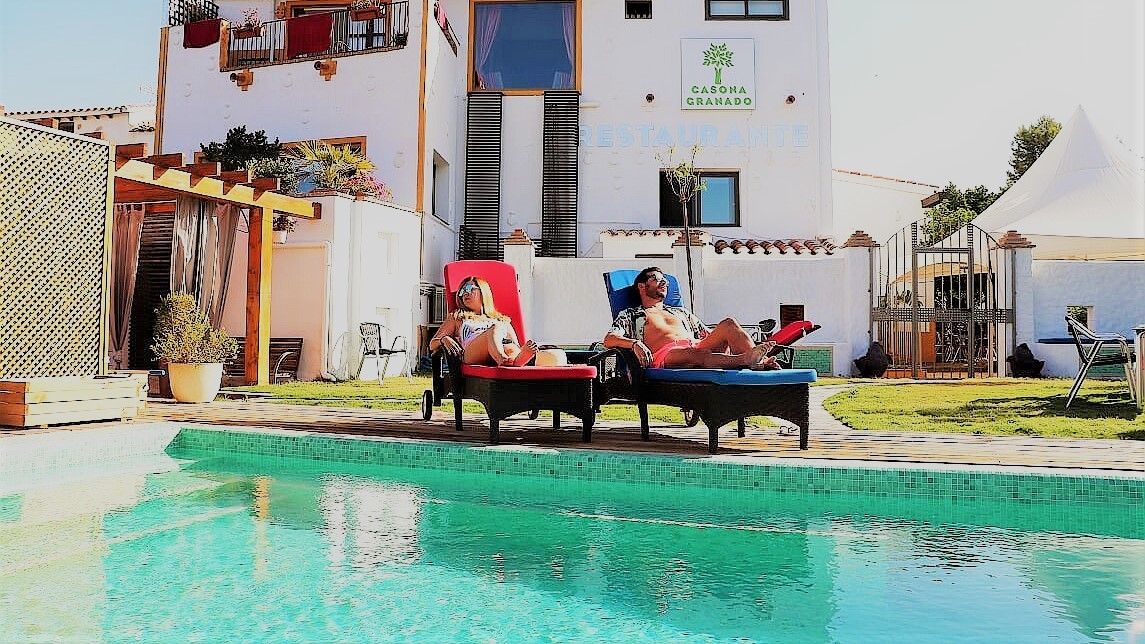
Sierra de los Filabres
Almeria is known for its desert landscape, wild beaches and greenhouses, but few outsiders know that the region is also home to mountain peaks that soar up to almost two thousand metres.
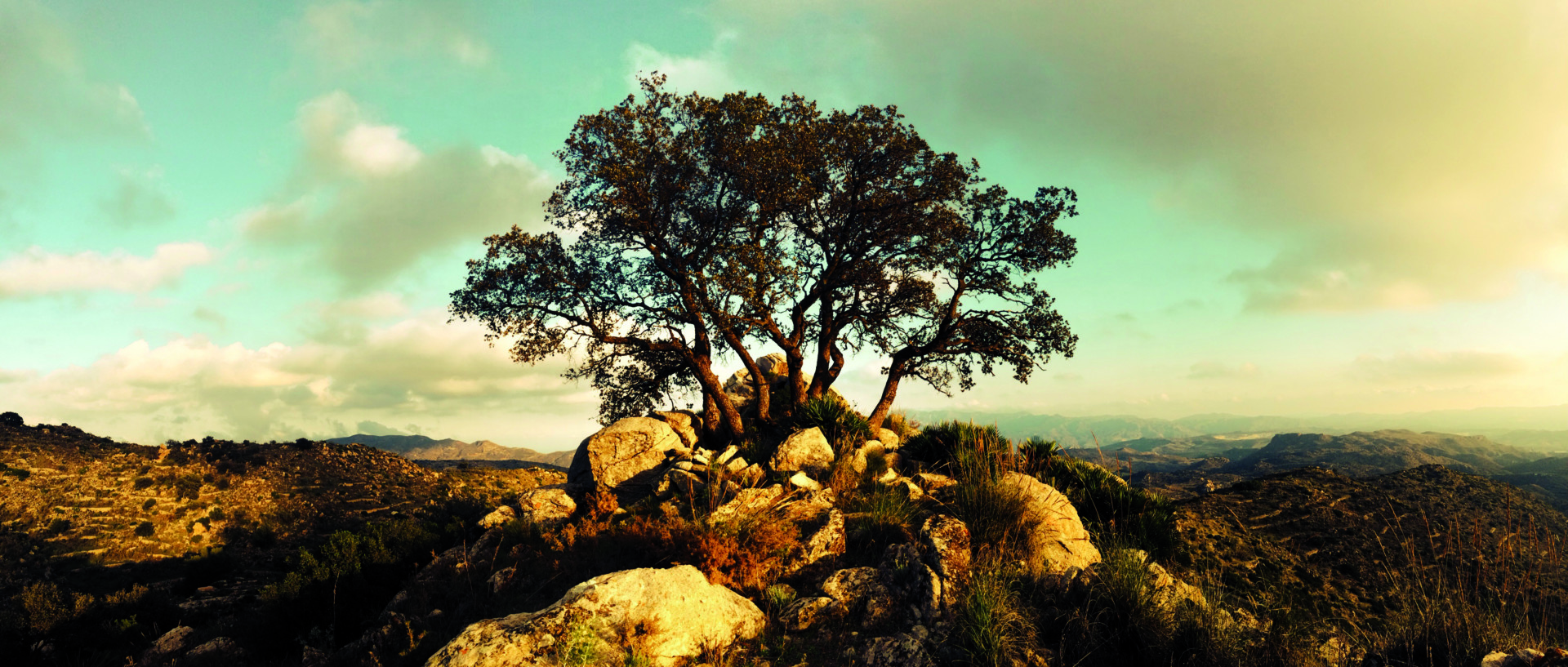
The Sierra de los Filabres is a playground that we are lucky to have on the doorstep of Casona Granado. A unique and privileged location, where whitewashed mountain villages blend into the foothills of Sierra de los Filabres mountain range.
A stunning backdrop which descends down into a fertile valley dotted with farmsteads, almond and olive groves, and vineyards.
Winding dusty roads lead from village to village, down through the valley to the Tabernas Desert. If this scenery conjures up a scene from a Spaghetti western in your mind, that’s because this is precisely the landscape where they were filmed.
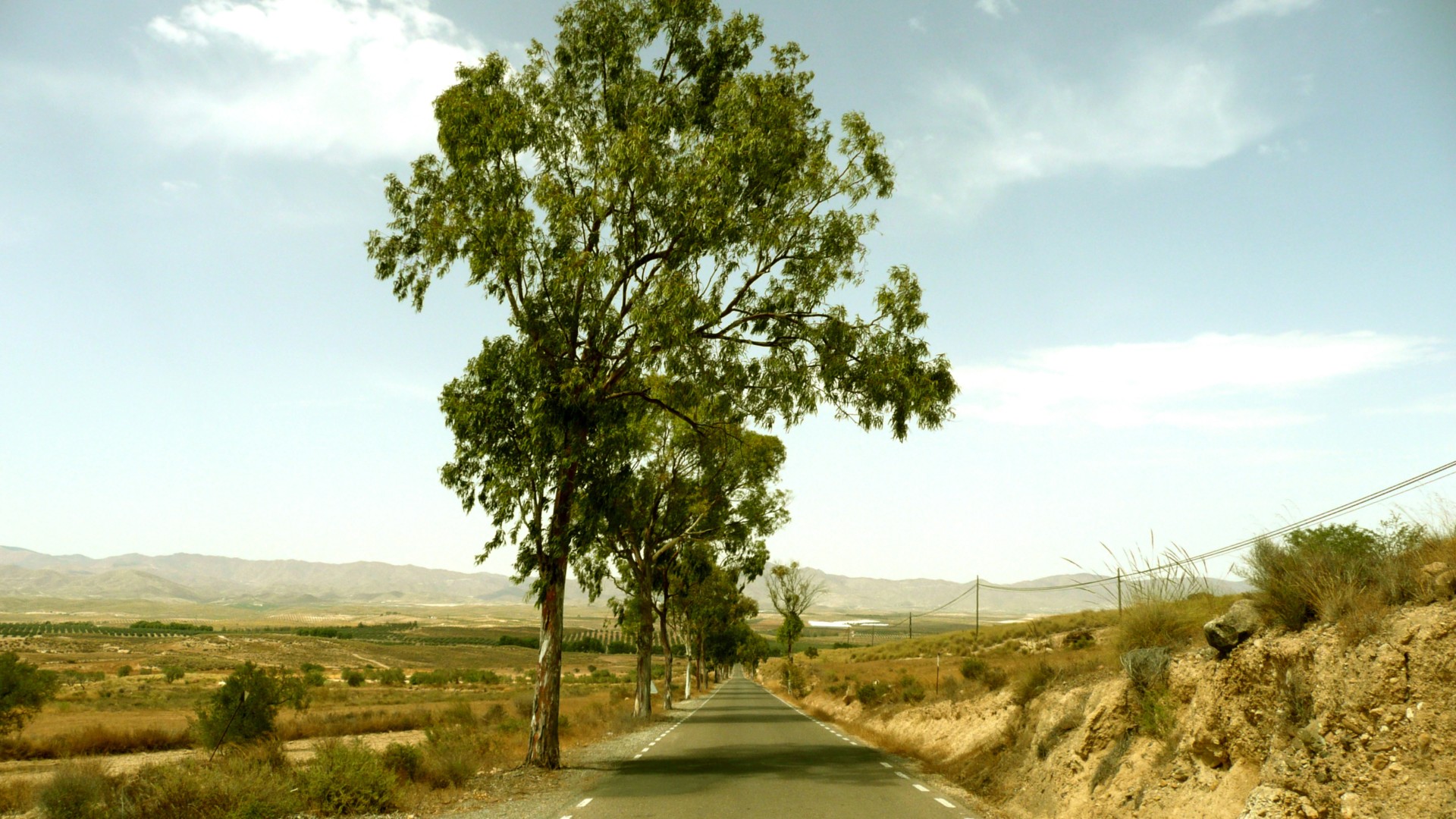
As a tourist destination, the Sierra de los Filabres offers a myriad of activities. For guests who love nature, the flora and fauna are varied and interesting, there are hiking trails for all levels and history and tradition to learn about in the authentic villages and archaeological sites of the area.
An interesting fact known by few is that part of the marble used in the construction of the Alhambra Palace in Granada and the Mezquita (Mosque) in Cordoba was excavated from the Sierra de los Filabres.
Local towns & villages
The neighbouring towns of Lubrin, Sorbas and Uleila de Campo are small but perfectly formed. Quintessential Andalusian towns, less well-travelled but which offer the visitor a taste of authentic Almeria.
Residents have a warm and peaceful disposition and love to see travellers enjoying their town. Many work the surrounding land and are proud of their culture and history.

The Lubrin Valley is also synonymous with the quality of its local produce. So much so that it has its own seal of quality: Lubrin, Legado Natural, which translates to Lubrin, natural legacy.
During your stay at Casona Granado, you can explore the neighbouring towns’ winding cobbled streets and stop off at a local tapas bar to enjoy the sabores (flavours) of locally produced honey, goat’s cheese, virgin olive oil, meat and wine.

The vineyards of the Lubrin Valley produce a selection of wines called Vinos del Desierto del Almeria, which have been given the recognised Vinos de la Tierra seal in the Spanish wine industry.
A Pilgrimage to Sierra de los Filabres
During the month of September, thousands of visitors converge on the small and ordinarily peaceful town of Uleila de Campo, to make the pilgrimage to the Romeraia al Sanctuario de Monteagudo at the top of the mountain. On arrival, they light candles giving thanks for wishes granted and to make wishes of health, wealth and happiness for the coming year.

This annual event takes place on the second weekend of September and sees some 30,000 pilgrims from all over the world making the ascent during the 48 hours. Some even walk up barefoot!
During the month of April, a similar pilgrimage on a smaller takes place. The Romeria Chica is attended by locals of Uleila de Campo and surrounding villages who make the ascent up to La Virgin de la Cabeza. The views are incredible from here and the atmosphere fun and relaxed. Participants bring picnics, set up BBQs and make a day of the pilgrimage.

Prehistoric Almeria
The Sierra de los Filabres has a rich history dating back to Neolithic period. A melting pot of cultures have resided in the area over the centuries, and there is still much evidence of their occupation.
From prehistoric sites and cave dwellings to Roman aqueducts and Moorish alcazabas (fortresses). Intensely proud of its roots, each town has a museum which sketches the local history over the centuries.
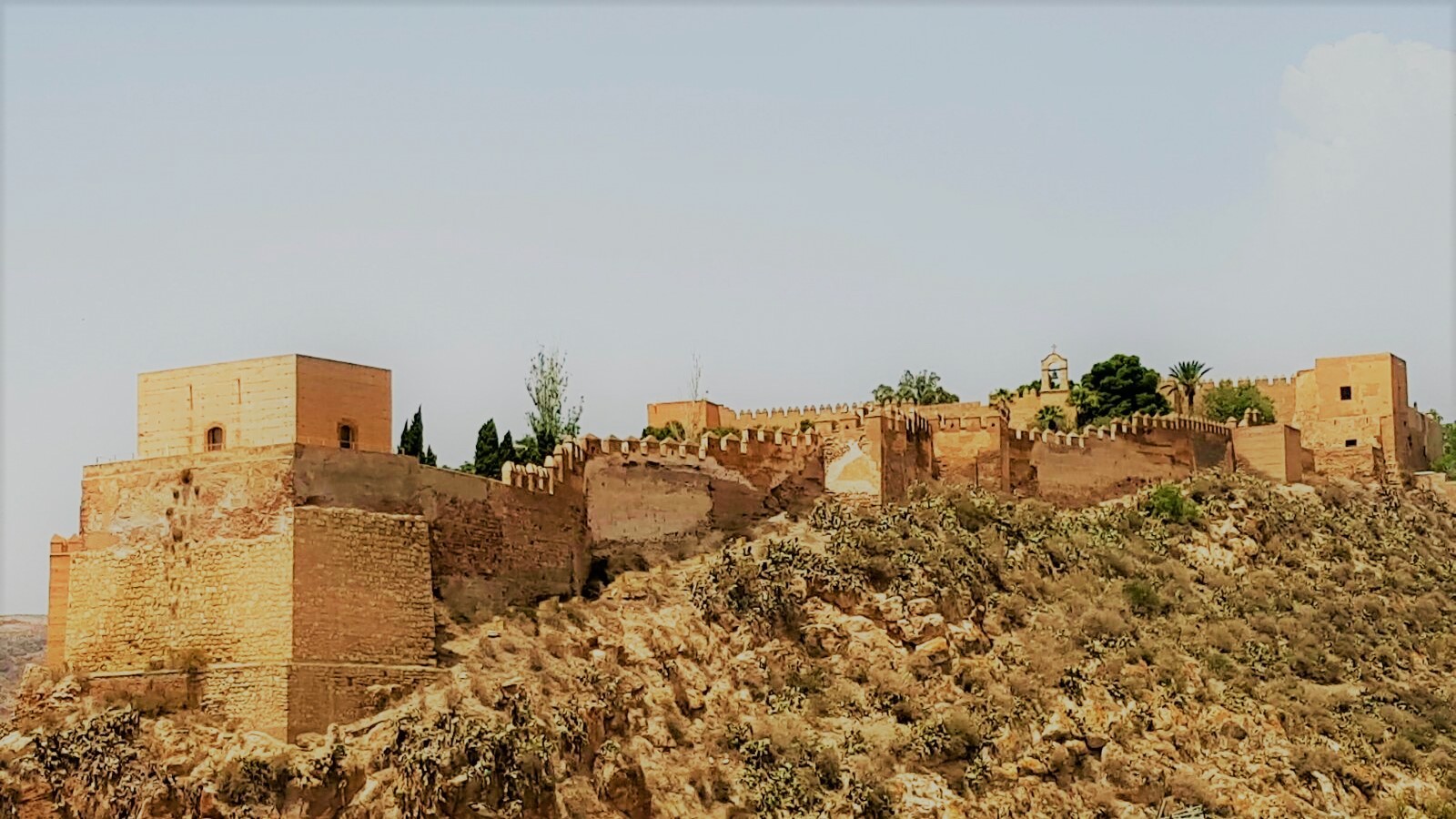
Located close Casona Granado and the town of Uleila de Campo is the archaeological site, Cueva de la Mora. A cave shelter, where the rock walls are covered with fading red ochre drawings, which depict human figures and other ancient depictions.
These drawings are considered to date from between the Neolithic Era and the Age of Copper, 6000 to 3000 years ago. The La Mela cave paintings can be viewed but are protected from visitors.

From mountains passes, fertile valleys and almond orchards, to the driest desert landscape in Europe. This stunning rural escape destination is just waiting to be explored and enjoyed. And with Casona Granado plumb in the middle, we can’t wait to share it with you.
